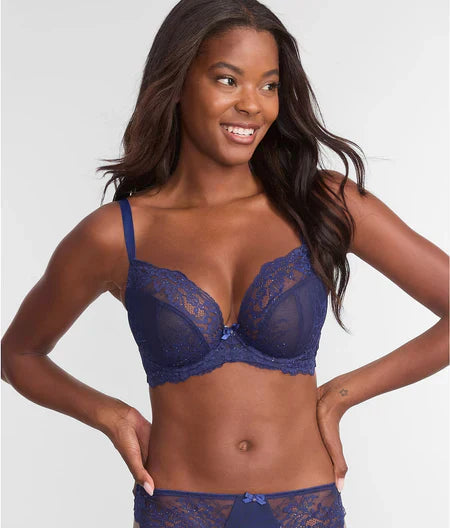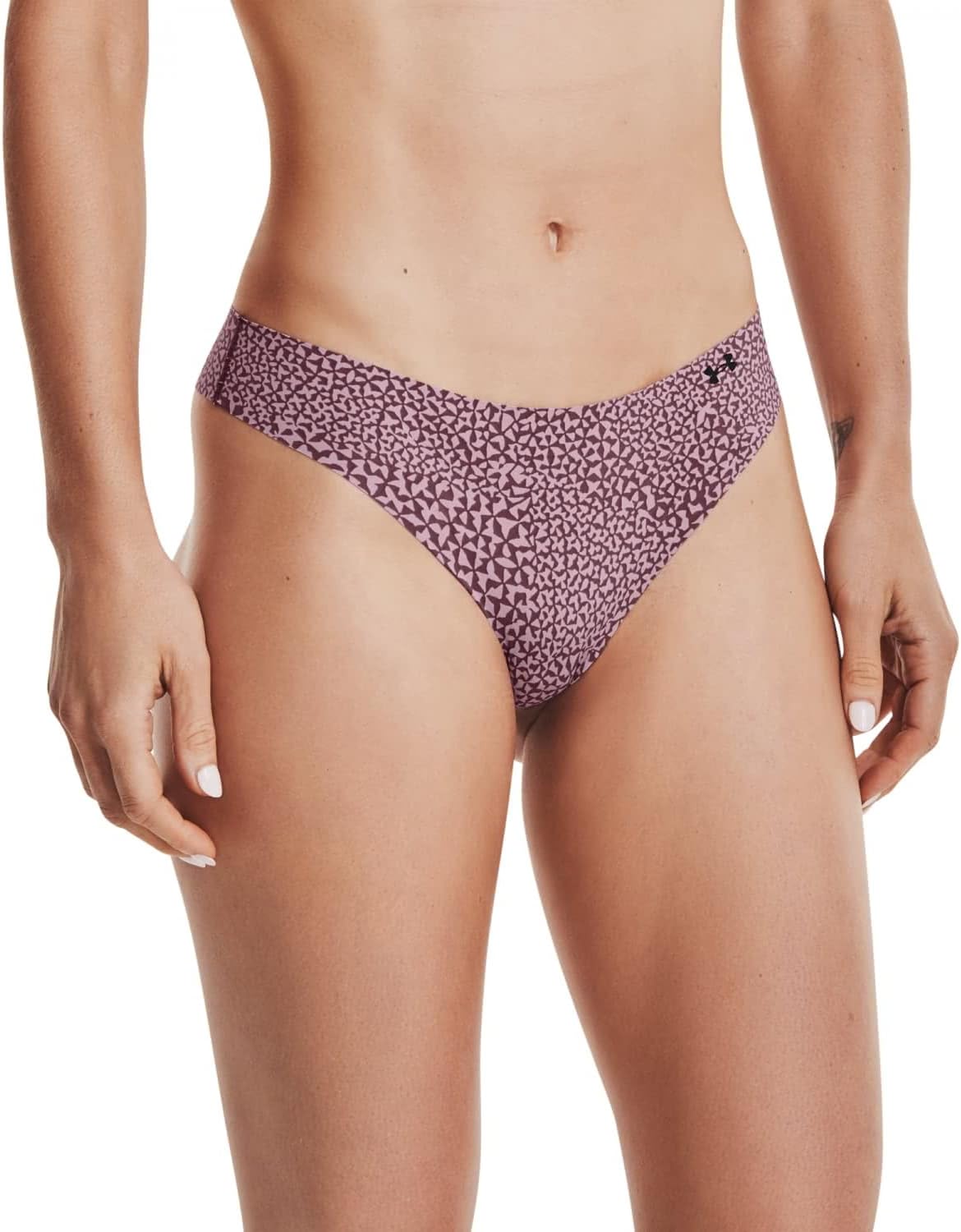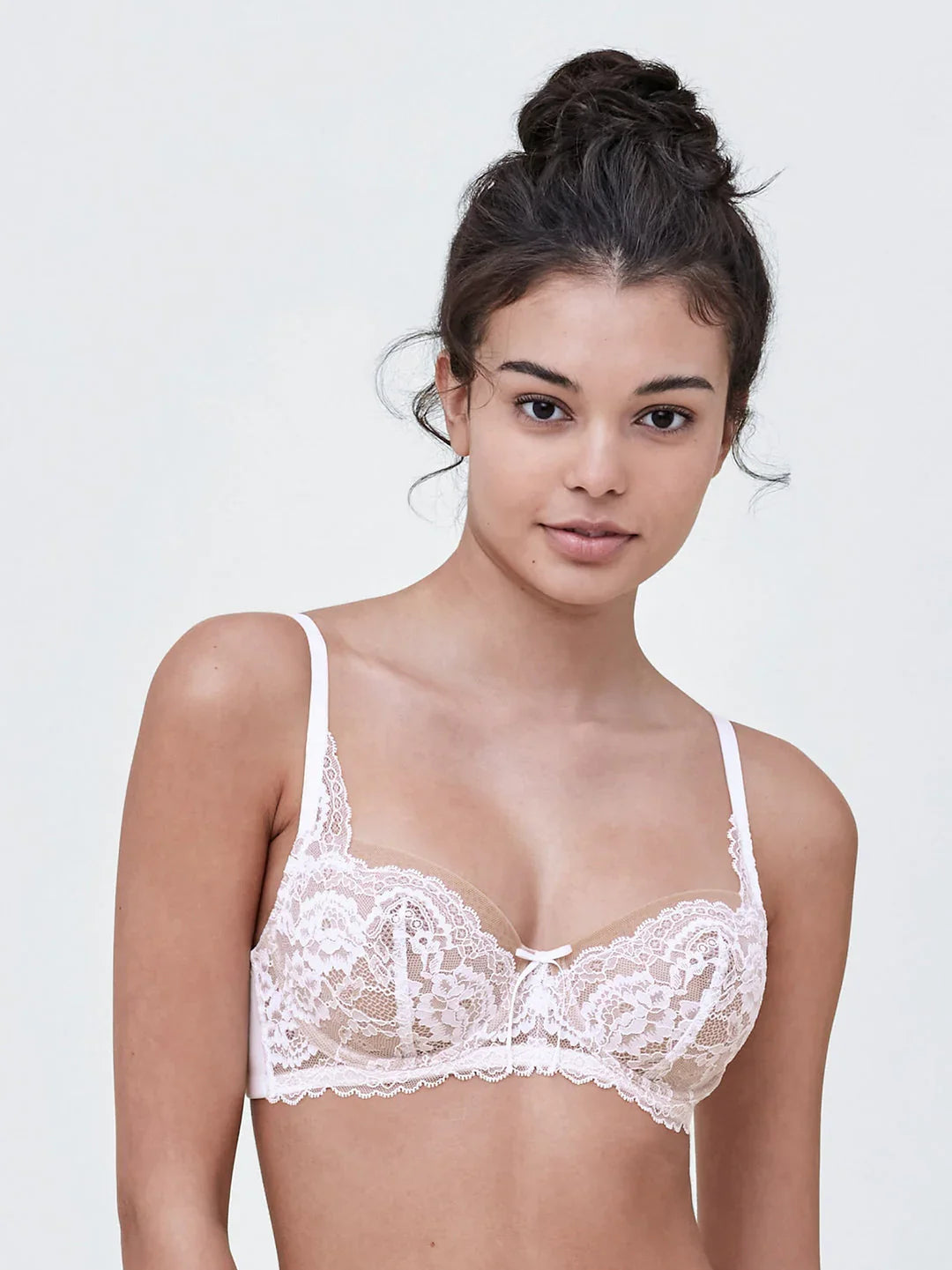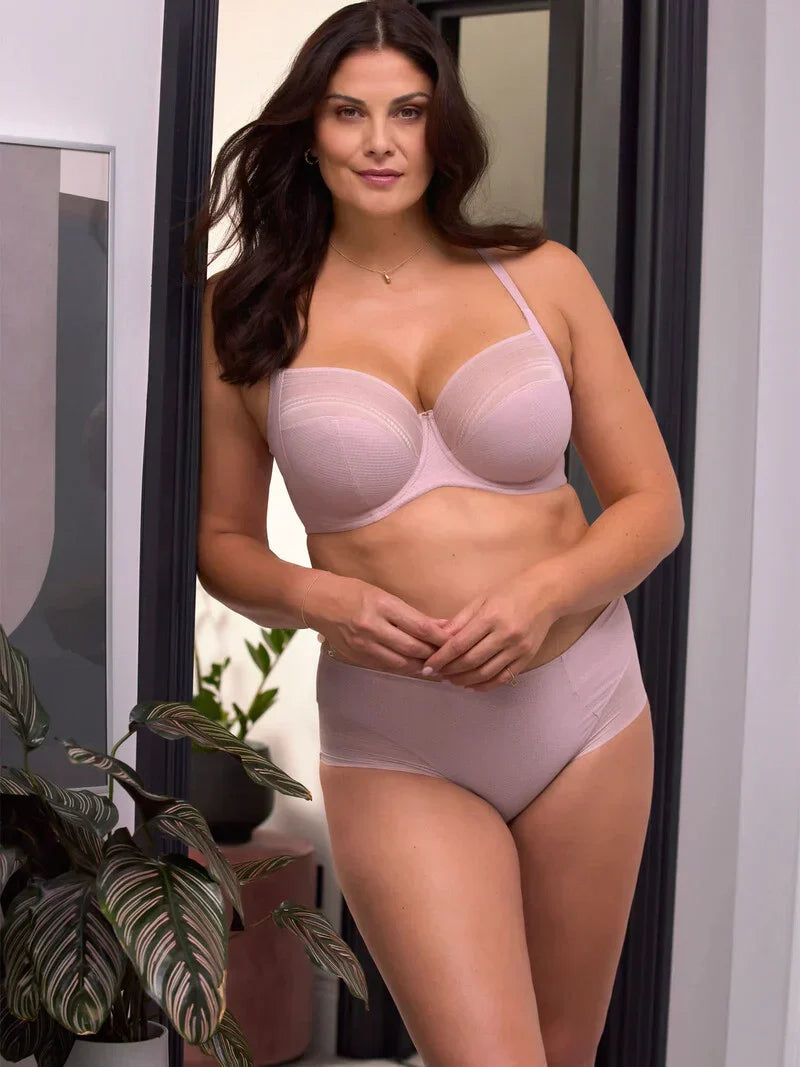C Cup Vs D Cup: The Key Differences

The Surprising Truth: Differences Between a C Cup and a D Cup. When it comes to bra sizes, the difference between a C cup and a D cup bra may seem subtle, but it can make a significant impact on the fit and support of a bra. Understanding the distinctions between these two cup sizes can help individuals find the perfect fit for their body. This article serves as a complete guide to understanding the differences between C cup and D cup, including sizing, fit, and support.
When it comes to bra sizing, the difference between a C cup and a D cup may seem simple on the surface, but in practice, it involves more than just a one letter shift. For many women, choosing between these two sizes can be the difference between daily discomfort and all day support. To understand the true distinctions between a C cup and a D cup, it’s essential to look beyond the label and into the details of how bra sizing works.
C Cup Vs D Cup: What Determines Bra Cup Size?
Bra cup size is determined by the difference between the measurement of the bust and the measurement of the rib cage (bust size and band measurement). The band measurement is taken around the ribcage, just below the chest. The cup size increases with each inch of difference between these two measurements, and this difference reflects the amount of breast tissue supported by the bra cups. Specifically, a C cup is defined by a three inch difference between the bust and band measurements, while a D cup is defined by a four inch difference. Accurate measurement of the chest and bust size is essential for determining the correct cup size.
Introduction to Bra Sizes
Navigating the world of bra sizes can feel overwhelming, especially with so many cup sizes to choose from, A, B, C, D, and even DD cups. For example, a b cup bra falls between an A and a C cup, illustrating the sizing order and the importance of proper fit. Understanding the difference between these cup sizes is the first step toward finding the perfect bra that offers both comfort and support. The bra cup size system, which includes popular options like c cups and d cups, was created to help women of all shapes and sizes discover their ideal fit. Whether you have larger breasts or prefer a more natural look, knowing your correct bra size is essential for feeling confident in your lingerie and everyday wear.
Bra sizes are more than just a letter and a number, they’re a combination that reflects your unique body and bust shape. The right cup size, whether it’s a b cup, c cup, d cup, or another size, can make all the difference in how your bra fits and feels. In this guide, we’ll break down the basics of bra cup size, explore the difference between c cups and d cups, and share tips for measuring yourself to achieve the perfect fit. No matter your preference or body type, understanding bra sizes will help you find the perfect bra for maximum comfort and support.
The Fundamentals of Cup Sizing
Bra cup sizes are not absolute, they are relative to the band size. A C cup on a 32 band is significantly smaller in volume than a C cup on a 38 band. When comparing different cup sizes, determining the correct size is crucial for achieving the most supportive and comfortable fit. This relationship is governed by what’s known in the lingerie industry as “sister sizing.” For example, a 34D and a 36C have very similar cup volumes, but the difference lies in the band fit and how the weight of the bust is distributed. When comparing C and D cups with the same band size, the D cup will always have a larger cup volume. Comparing two cup sizes, such as C vs. D, can help you understand these subtle differences and find the right fit through sister sizing. This is why simply going up or down a cup without considering band size often results in a poor fit.
Measuring for the Perfect Fit
Getting the perfect fit starts with accurate measurements. To determine your ideal bra size, you’ll need to take two measurements: your band size and your bust measurement. Start by using a measuring tape to wrap it snugly around your rib cage, just under your bust, this is your band size. Next, measure around the fullest part of your bust, making sure the tape measure stays level and isn’t too tight or too loose. The difference between these two measurements, in inches, will determine your cup size. Taking these steps carefully is essential for finding the right size that provides both comfort and support.
For example, if your band size is 34 inches and your bust measurement is 37 inches, the 3 inch difference means you would wear a 34C bra, a classic c cup size. Each inch difference typically represents a jump in cup size, so understanding this relationship is key to finding the right bra. Many women wear the wrong bra size simply because of inaccurate measurements, so it’s important to take your time and double check your results. Using a measuring tape in front of a mirror can help ensure you get the most precise numbers.
Remember, the right bra size isn’t just about numbers, it’s about how you feel. Trying on different styles and sizes can help you discover what works best for your body and your lifestyle. Whether you’re searching for a c cup, d cup, or another size, taking accurate measurements is the first step toward finding a bra that offers the perfect fit, support, and confidence every day.
How Do C Cup vs D Cup Differ?
While the difference between a C cup and a D cup may seem small, it actually represents a 33% increase in volume. This means that a D cup bra will have more room in the bra cups to accommodate a larger bust compared to a C cup bra, allowing ladies with larger cup breasts to fill the cups more comfortably. D cup bras are designed to provide more coverage and excellent support, especially for those with larger cup breasts. The underwire and straps of a D cup bra are also designed to provide additional support to the increased volume, helping distribute weight and reduce strain on the shoulders. Wearing the correct cup size is important to avoid discomfort and ensure a proper fit.
The difference between a C cup and a D cup lies in the volume of the breast relative to the band size. Each cup size represents roughly a one inch difference in bust circumference, so a D cup is generally about one inch fuller than a C cup when measured on the same band. For example, a 34C and a 34D share the same band, but the D cup will have more projection and a larger cup capacity, allowing the breasts to fill the cups more fully. Larger cup sizes, such as DD cup, require even more support and coverage to ensure comfort and stability. However, cup size is not absolute, it’s relative to the band. A 36C and a 34D actually have similar cup volumes due to what’s called “sister sizing.” Understanding the nuance between these sizes is crucial for finding the best fit, especially for those who experience spillage, gaping, or discomfort in their current bras.
The Volume Difference in Comparing Cup Sizes: c Cup vs d Cup
Technically, each cup size represents approximately a one inch difference in bust circumference. If the band size remains the same, moving from a C to a D cup adds about one inch of bust projection. In other words, a 34C means there’s a 3-inch difference between the under bust and the fullest part of the bust, while a 34D corresponds to a 4 inch difference. This single inch can have a significant impact on fit, shape, and support, particularly for women with fuller busts or unique breast shapes. Choosing the right cup size ensures better support and comfort for women with different sized boobs, whether they have smaller or larger breasts.
After taking your measurements, consult a size chart to ensure you select the correct cup size.
Sister Sizes and Why They Matter
Sister sizes are bra sizes that share the same cup volume but differ in band size. For example:
-
36C ≈ 34D ≈ 32DD
-
34C ≈ 32D ≈ 36B
-
36B ≈ 34C ≈ 32D (Here, a B cup like 36B has the same cup volume as a 34C or 32D, showing how B cup fits into the sister size relationship.)
This is crucial for women who find a bra fits well in the cup but is too tight or too loose in the band. Adjusting your band while maintaining cup volume through sister sizes can dramatically improve comfort and support. Understanding sister sizes can help you find bras that offer a better fit and comfort.
Bra Options for Different Sizes
When it comes to finding the perfect bra, understanding the different bra options for various sizes is crucial for achieving both comfort and confidence. Whether you wear a b cup, c cup, or d cup, there are a variety of bra styles designed to suit your unique shape and support needs. The right bra style can make all the difference in how your clothes fit and how you feel throughout the day.
For those with a b cup, lighter support and a natural shape are often the top priorities. Styles like T-shirt bras, bralettes, and lightly lined bras are popular choices for b cups, offering a smooth silhouette under clothes without adding unnecessary bulk. These bras are perfect for everyday wear and provide just the right amount of coverage and comfort for smaller cup sizes.
C cup bras offer a balance between support and shape, making them one of the most versatile options. Women with c cups can enjoy a wide range of bra styles, from balconette and plunge bras to full coverage and push up bras. The c cup size is ideal for experimenting with different styles, as it provides enough volume for shaping while still being easy to support. Look for bras with adjustable straps and a supportive band to ensure an ideal fit.
For d cups and above, support becomes even more important. Full coverage bras, minimizer bras, and bras with wider straps are excellent choices for d cups, as they help distribute weight and provide maximum comfort throughout the day. Many women with larger cup sizes also benefit from bras with reinforced bands and side panels, which offer extra support and help maintain the shape of the bust. Sports bras designed for high impact activities are also a must-have for d cup wearers, ensuring that you stay comfortable and supported during workouts.
No matter your cup size, there’s a bra style out there to match your needs and preferences. Don’t be afraid to try different styles and features, such as convertible straps, lace details, or seamless designs—to find the perfect fit for your body and lifestyle. Remember, the best bra is the one that makes you feel confident, supported, and comfortable every day. With so many options available, finding your ideal fit is easier than ever.
Which Cup Size is Right for You?
Choosing between a C cup and a D cup ultimately depends on the individual’s unique body shape and size. It’s essential to consider factors such as breast shape, fullness, breast size, and your personal comfort level when selecting the appropriate cup size. Choosing the right bra style and exploring various styles can enhance comfort and support, making a significant difference in your daily wear. Getting a professional bra fitting can help determine the ideal cup size and bust measurement for optimal support and comfort.
Remember, bra sizing is not universal, and different brands may have slight variations in their sizing charts. Each brand offers unique, stylish, and versatile options to suit different fashion preferences, so it’s essential to try on different sizes and styles to find the perfect fit for your body. Whether you prefer a C cup or a D cup, the most important factor is finding a bra that makes you feel comfortable and confident. Wearing the right bra style can help you feel confident and worry less about your appearance.
If you’re wondering whether to choose a C cup or a D cup, the answer depends on your breast shape, the style and fit of the bra, and your personal comfort. Different bra styles, such as push up, T-shirt, or sports bras, can fit differently, so trying various styles is key to finding what works best for you. Underwired bras can be your best friend for support and shaping, especially when worn with fitted tops and dresses.
Whether you wear a C cup, a D cup, or find yourself in between, the most important factor is fit, not the letter on the label. Cup size can vary across brands, styles, and even materials, so getting a professional bra fitting or learning to measure yourself accurately can make all the difference. And don’t forget to try sister sizes when your current bra doesn’t quite work, sometimes the perfect fit is just one adjustment away. Also, keep in mind that bras that have been worn for a long time may lose their support and comfort, so replacing them regularly is important for real comfort.
Check out our home page


